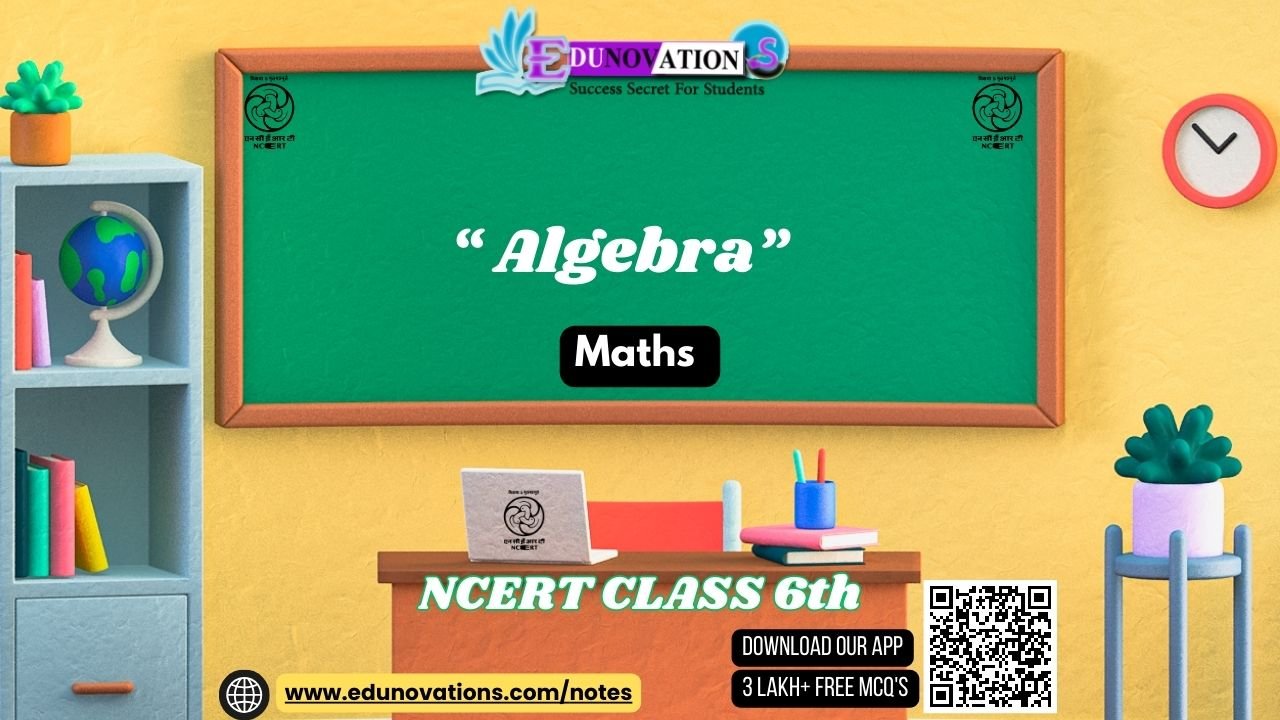NCERT Class 6 Maths MCQ : Algebra
Unlock the power of algebra with our “Algebra MCQs” page, a carefully selected collection of multiple-choice questions (MCQs) drawn from previous year papers of various sectors, including the prestigious UPSC IAS and a diverse range of competitive exams. This page offers a valuable opportunity to deepen your understanding of algebra, a fundamental branch of mathematics with extensive applications in problem-solving and real-life scenarios.
Key Features:
- Comprehensive Coverage: Our MCQs span a wide spectrum of algebraic topics, covering equations, expressions, inequalities, and their practical applications in mathematics, science, economics, and engineering. This ensures you gain a solid foundation in this essential mathematical discipline.
- Real Exam Experience: Prepare for competitive exams by engaging with questions similar to those encountered in UPSC IAS and other notable assessments. These questions focus on the art of working with algebraic concepts and equations.
- Mathematical Insights: Explore the significance of algebra in modeling real-world problems, financial calculations, data analysis, and scientific research. The MCQs provide insights into the mathematical principles and applications associated with algebra.
- Detailed Explanations: Each MCQ is accompanied by comprehensive explanations to ensure you understand the algebraic concepts, formulas, and practical applications associated with equations and expressions.
- Progress Tracking: Utilize our interactive platform to monitor your scores, pinpoint areas for improvement, and track your overall progress as you master the language of algebra.
Whether you’re a student preparing for competitive exams, a mathematics enthusiast, or someone who seeks to harness the power of algebra in problem-solving, our “Algebra MCQs” page is your definitive resource. Begin your journey into the world of algebra, enrich your mathematical knowledge, and prepare for exams and real-world applications.
NCERT Class 6 Maths : Algebra MCQ – NCERT Class 6 MCQ
Some Important Links








